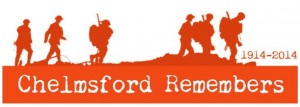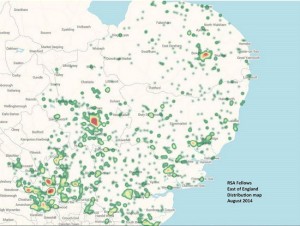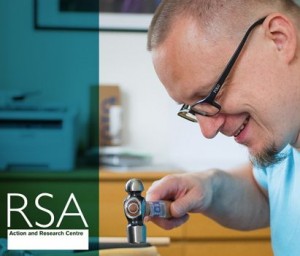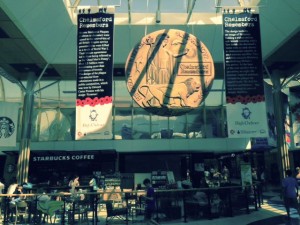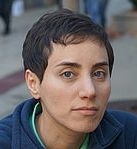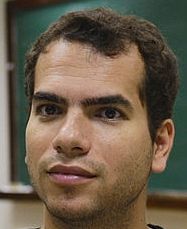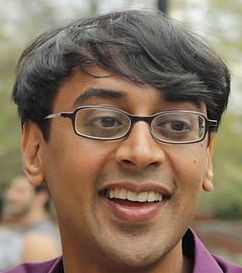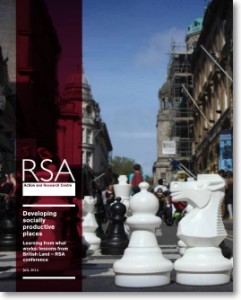Imagining the world without the web as an intellectual resource is almost impossible now. All those decades ago, applying for your research and travel grants to gain a foothold aboard ship or achieve landfall in another country, to see and hear academics speak, or to consult texts, is now long a thing of the past.
With the advent of on-line resources comes the inevitable change in publication policy and the context of publication review and update. The two resources below represent some of the best examples of access to classic historical thought and an easy flow into current thinking and research.
This journal is published under a Creative Commons license, our team are strong supporters of Open Source software and other Open Publishing initiatives. Dive into these resources regularly, they repay repeat visits…
The Stanford Encyclopedia of Philosophy
An invaluable on-line publication which delivers insightful and contemporary research into philosophical thought and related disciplines. The works included in the encyclopedia are drawn from and embedded with the best practices of rigorous academic review, from…
those persons with accredited Ph.D.s in Philosophy (or a related discipline) who have published refereed works on the topic of the proposed entry. By refereed works we mean either articles in respected, peer-reviewed journals or books which have been published by respected publishing houses and which have undergone the usual peer review process prior to publication.
However, what is interesting, is the editorial board’s commitment to review and updating of texts, which affords the invited authors of the works published the opportunity to amend , annotate or add to their original work as their research or trends in their chosen discipline demand change.
It is the a way of using the web to refresh and renew the encyclopedia in front of your eyes, with an immediacy and currency that is generally impossible in traditional paper and binding formats. It doesn’t replace the book, it supplements it.
You can read more about the Stanford Open Access publication model here.
Some recently changed and updated texts in the encyclopedia include the following.
- Feminist Perspectives on the Body (Kathleen Lennon) [REVISED: September 11, 2014] Changes to: Main text, Bibliography
- Justice, Inequality, and Health (Gopal Sreenivasan) [REVISED: August 27, 2014]
Changes to: Main text, Bibliography
- 18th Century British Aesthetics (James Shelley) [REVISED: July 18, 2014]
Changes to: Main text, Bibliography
There’s a great temptation to make it, for the enquiring mind, the only site worth bookmarking in your browser. See if you agree.
The 51 volume work: The Harvard Classics
Originally published in the early 1900’s by Harvard President, Charles W. Eliot, the works are freely available on-line from Project Gutenberg.
The author of this short piece had a well respected friend who, in the early days of the internet (…the 1990’s now seem such a long time ago) was well read, but who decried the ‘web’ as irrelevant. Pages full of ‘blue links’ was how he described it. Whilst then perhaps an accurate description, it is is a terrible disparagement of the hyperlink.
My response today would be to get him to click through to the Harvard Classics. Whether your interests are in Plato, Milton or Robert Burns there is much to enjoy here.
They who set themselves to give precepts must of course regard themselves as possessed of greater skill than those to whom they prescribe; and if they err in the slightest particular, they subject themselves to censure…
The quotation above is drawn from Discourse on the Method of Rightly Conducting the Reason, and Seeking the Truth in Sciences by Rene Descartes, found on the Gutenberg bookshelf. A piercing insight into politics and management, as much as to science we think.
You can also enjoy the fruits of the novelist too. Fiction from Walter Scott, Tolstoy and Balzac are freely available. Being tempted to read online offers choice in terms of format. All the works in the Gutenberg Harvard Classics canon are available in your web browser, ePub versions and for your Kindle or downloadable as plain text files.
Education… has produced a vast population able to read but unable to distinguish what is worth reading.
G.M. Trevelyan in English Social History (1942), quoted above, perhaps rather cruelly prefigured the future critique in Richard Hoggart’s work The Uses of Literacy (1957). Hoggart’s thesis was that the ‘massification’ of culture has detached communities and individuals from their traditional ‘urban culture’.
That popular culture had de-classed society and debased, to some extent, the feeling for history or cultural connection across communities. Whilst it is inescapably evident that the internet and access to technology has irrevocably changed society, there is still a demand for classic literature and the wrangling with challenging thought.
We think the modern, Western autodidact doesn’t necessarily spend long days in the community library anymore alas, rather he or she inhabits the web world to educate and inform the mind.
We offer the hyperlinks above as evidence of our argument!


